We like our Egg McMuffins around here, albeit homemade with our preferred ingredients: whole wheat (or homemade sourdough) English muffins, a slice of thick Tillamook cheddar cheese, a meat, perhaps, like Canadian bacon, and finally — that perfectly-fried, perfectly-shaped egg.
While we feel our personal version is more delicious, the one thing we've always wanted to achieve at home is the circular shape of McDonald's fried egg that ensures an equal piece of egg in every bite.
Lucky for you (and for us), the trick to this is simple — use a mason jar lid.

We completed and compared two different methods of getting our eggs to circular beauty: cooking the egg in a mason jar lid and ring, and using just the ring. Read on to find out how you can also achieve these perfect shapes, as well as which way we found to be the superior method.
Assemble the ingredients
Here's what you'll need to make an amazing breakfast sandwich:
1 egg
1 English muffin (we prefer whole wheat)
1 slice of cheese
1 slice of ham or bacon, your preference
As for materials, you'll need a good frying pan (we used our cast iron skillet), cooking oil or spray, and a mason jar lid.
Get the pan hot
Allow the skillet to get nice and hot before spraying it with cooking oil and placing your ring. We were a bit worried about heating up the rings, but there's no need to be: mason jars are made for canning and are built to withstand high temperatures.
Don't Miss: 5 New Ways to Utilize Your Cast Iron Skillet

Place the ring, then pour your egg into the ring
We placed the rings down while we cracked our eggs into a measuring cup with an easy-pour lip. (You can also crack them directly into to mason jar lid, but we were a bit wary of that, as we tend to be messy.) Once the egg is in the lid, poke the yolk with a fork so it doesn't overflow.

This was the first step in which we saw a big difference between the two methods, as the mason jar ring alone had egg leaking along its edges, as seen below. The mason jar ring and lid combo, however, stayed neatly in its place.

Cook the eggs
Once the eggs are inside the rings, they take a bit to cook over medium heat. Look for the eggs to be opaque and more solidified before you think about flipping them — about 10–15 minutes. (Kenji from Serious Eats recommends pouring ¾ cup of water into the skillet around the ring, then covering for 2½ minutes to speed up the process.)
For comparison's sake: our egg with just the ring cooked faster at about 11 minutes, while the ring with the lid took a bit longer — roughly 14 minutes.

Flip the eggs
(If you decide to add water to the pan, you can skip this step.)
Flipping the eggs can prove to be a bit of a challenge. We tried using both tongs and a spatula, and found that the tongs work best — you'll just need to move slowly and carefully.

Once the eggs are flipped, they cook very fast. Remove them from the heat after about 30 seconds to 1 minute.

Remove from heat
Remove your egg from heat onto a cutting board or plate, then gently wedge it out of the lid; you may require a knife to dislodge the egg.

This particular step was the deciding factor regarding which method we liked more: the egg with the ring and lid came out with more ease than the egg with just the ring.

The ring method is on the left, the ring-plus-lid method is on the right.
Assemble the sandwich
Place your English muffin under the broiler with the slice of cheese, then assemble the rest of your sandwich — with bacon (or ham) and your perfectly-shaped egg. Enjoy!
Don't Miss: Why Life Is More Fun When You Eat Bacon

While we found that we preferred the overall ease of using a mason jar ring and lid for the egg, we should note that they do taste different — which may be the deciding factor in which you may choose. The one with the lid seemed to yield a fluffier, moister egg whereas the one without the lid seemed to have more of a fried feel to it.

In the end, using a mason jar with a lid was easier to use — although the mason jar ring alone provided more of a traditional fried egg flavor. Either way, it's definitely a handy trick to have up your sleeves whether or not you're an Egg McMuffin enthusiast; we see ourselves using it most for large gatherings, as the eggs don't require much looking after when they are on the skillet.
Truly an egg-cellent hack, indeed.
More exciting breakfast hacks:
Photos by Nick and Bay Nigro/Food Hacks.








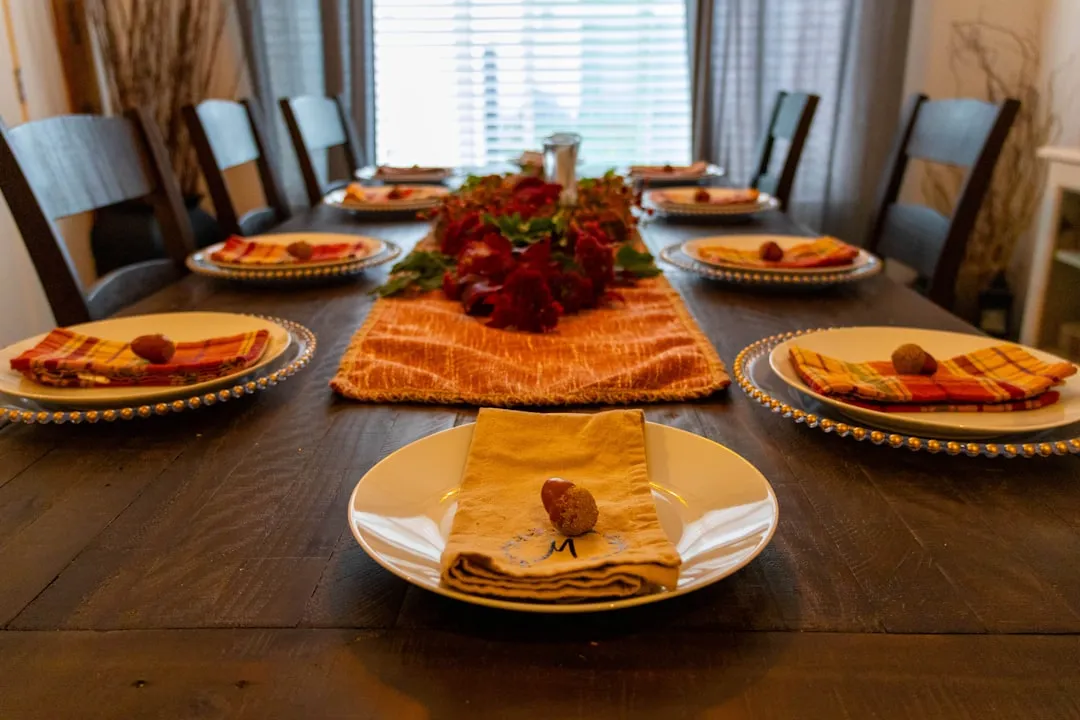
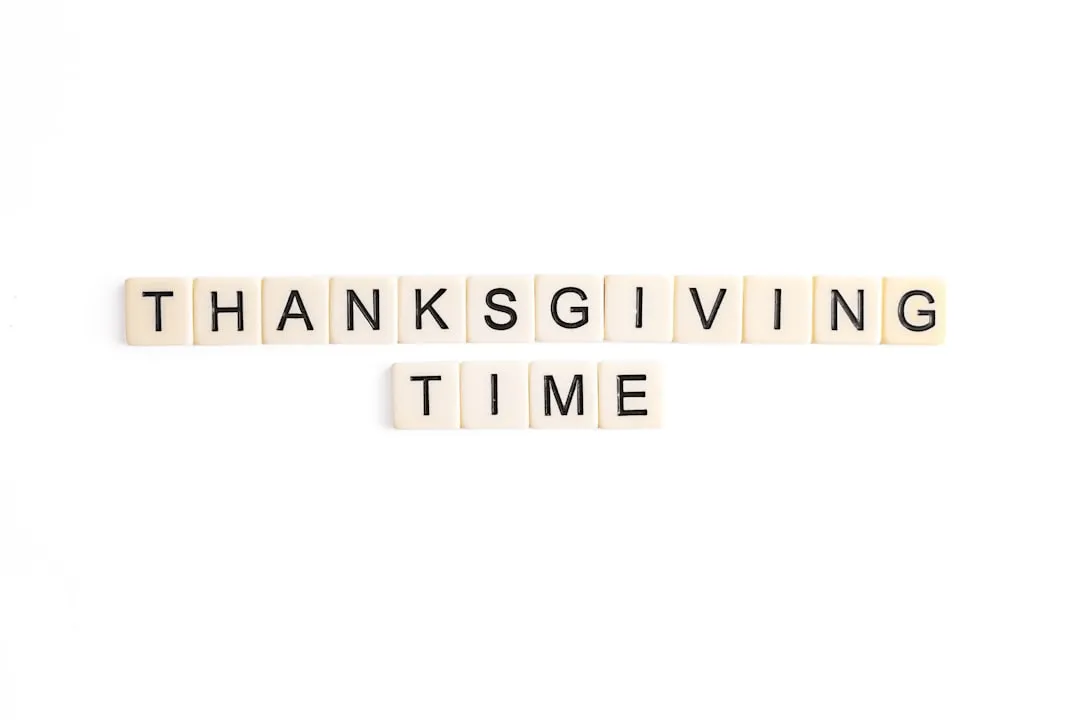
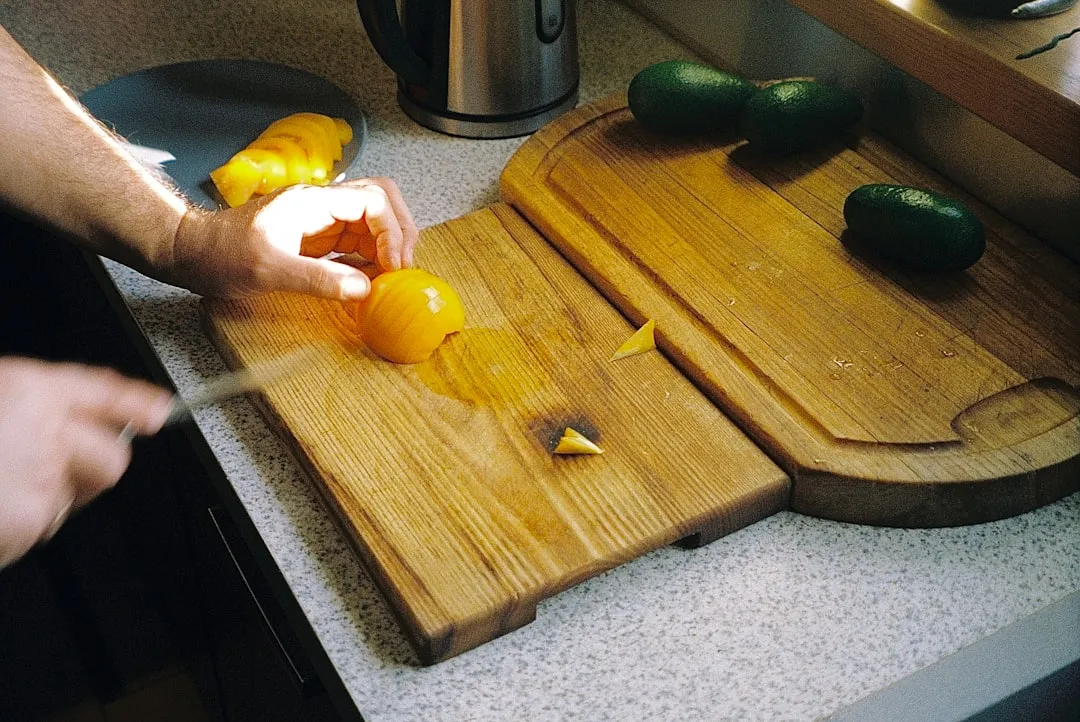

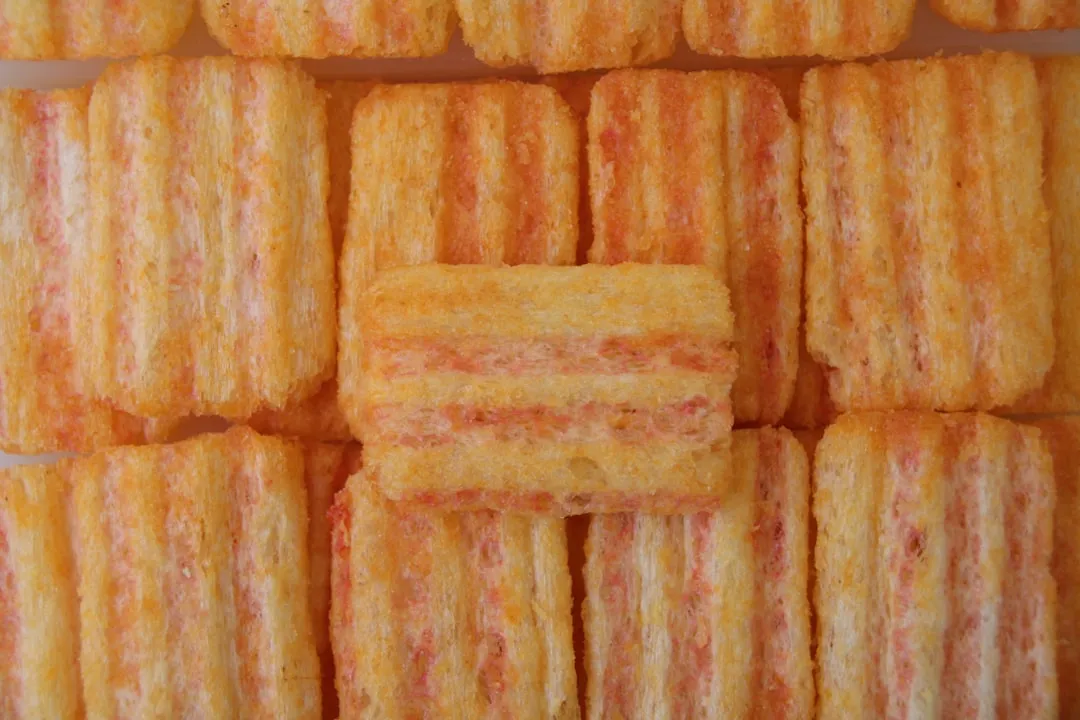


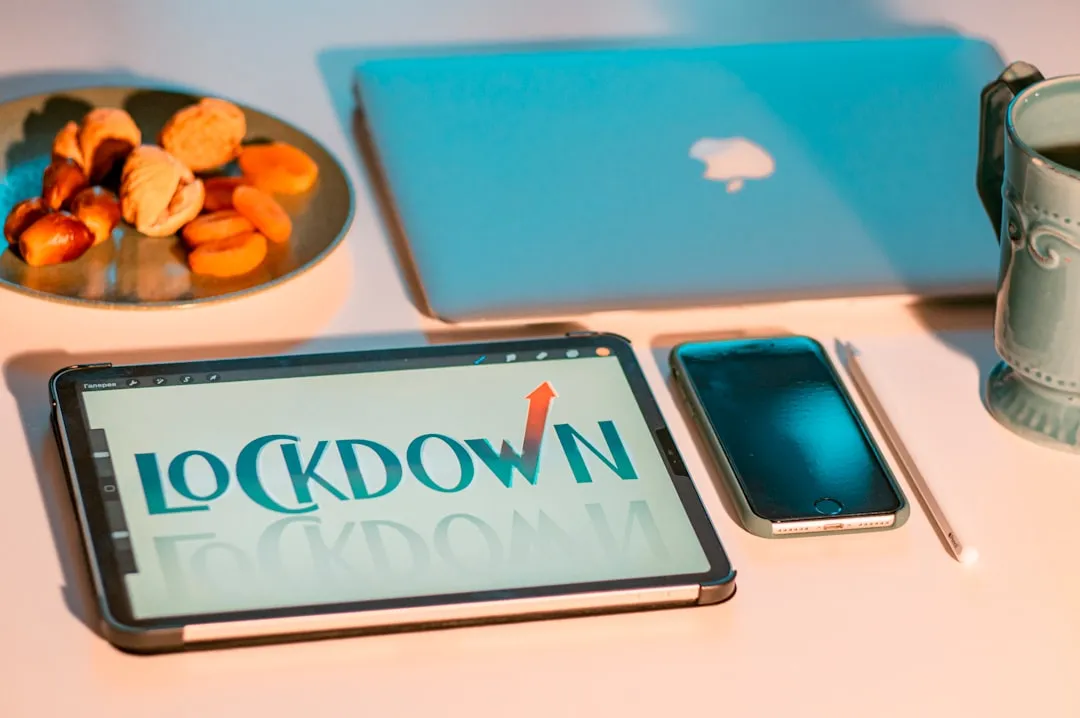
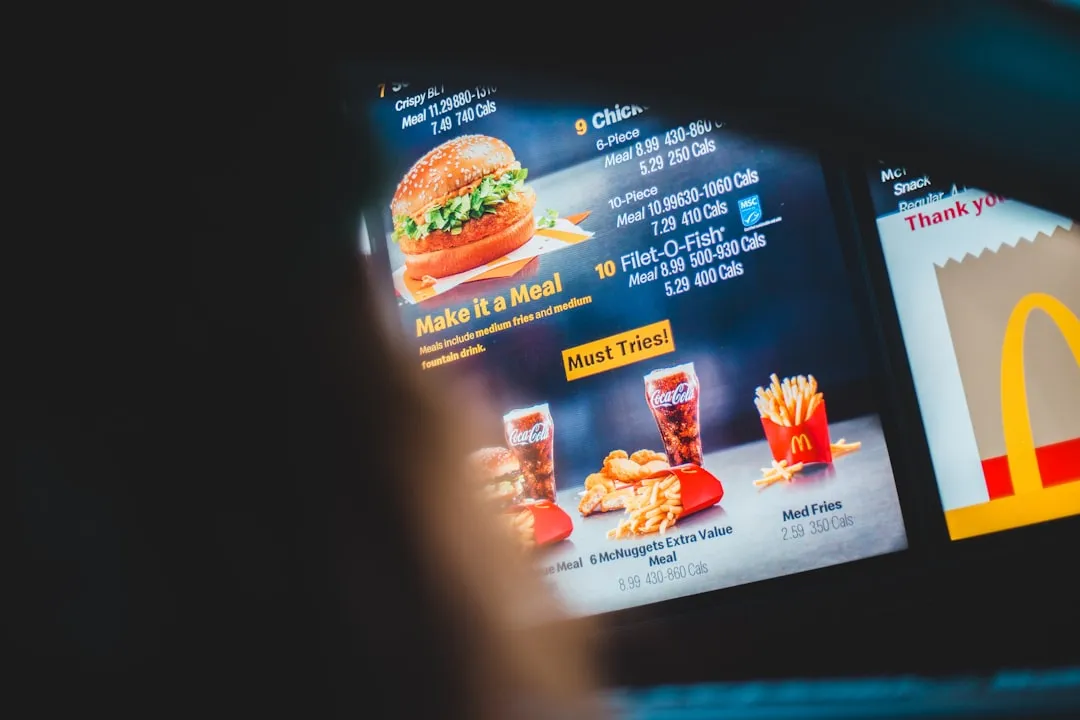
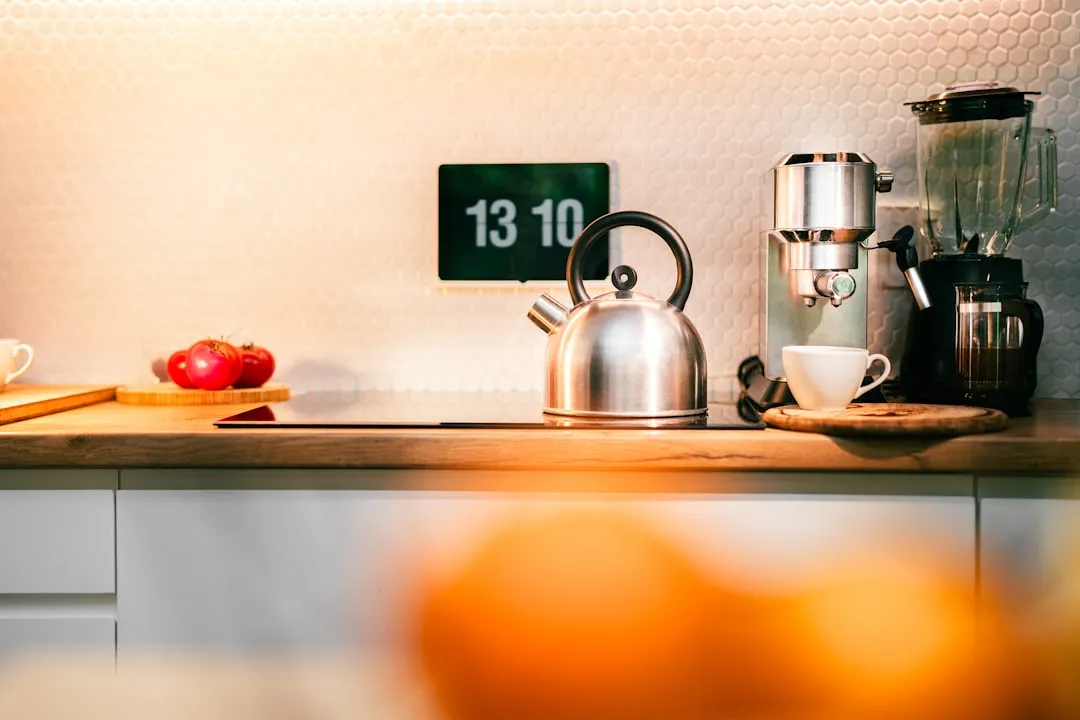
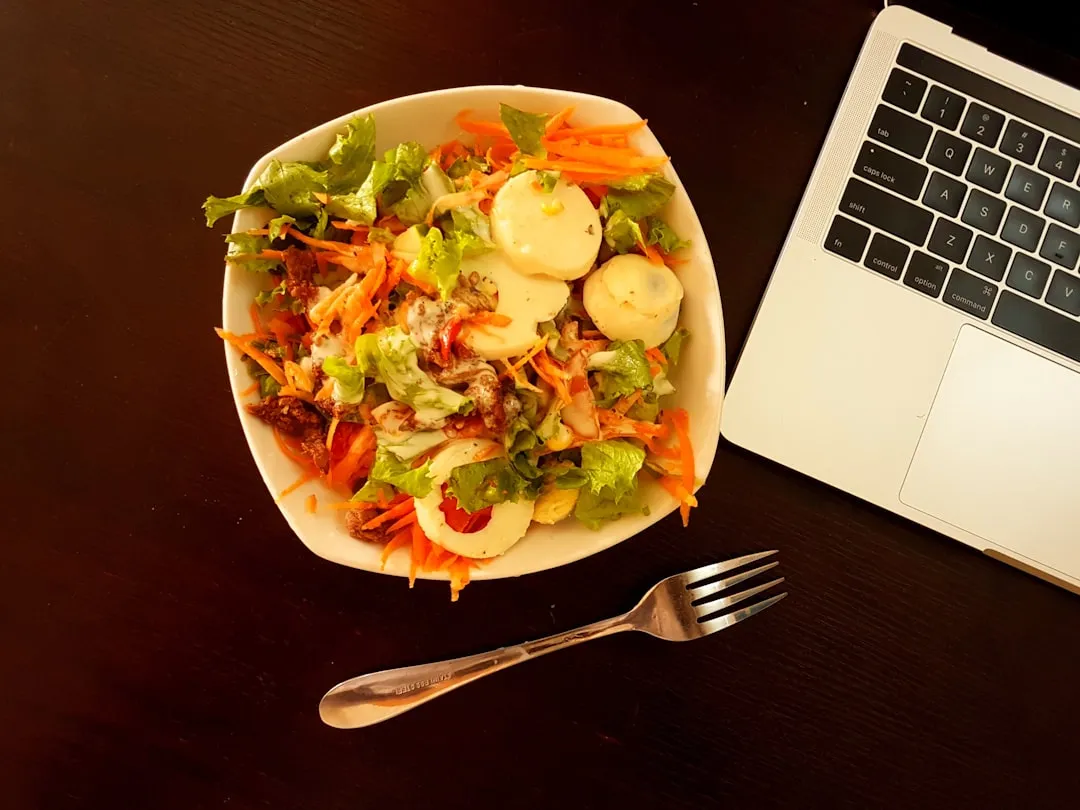


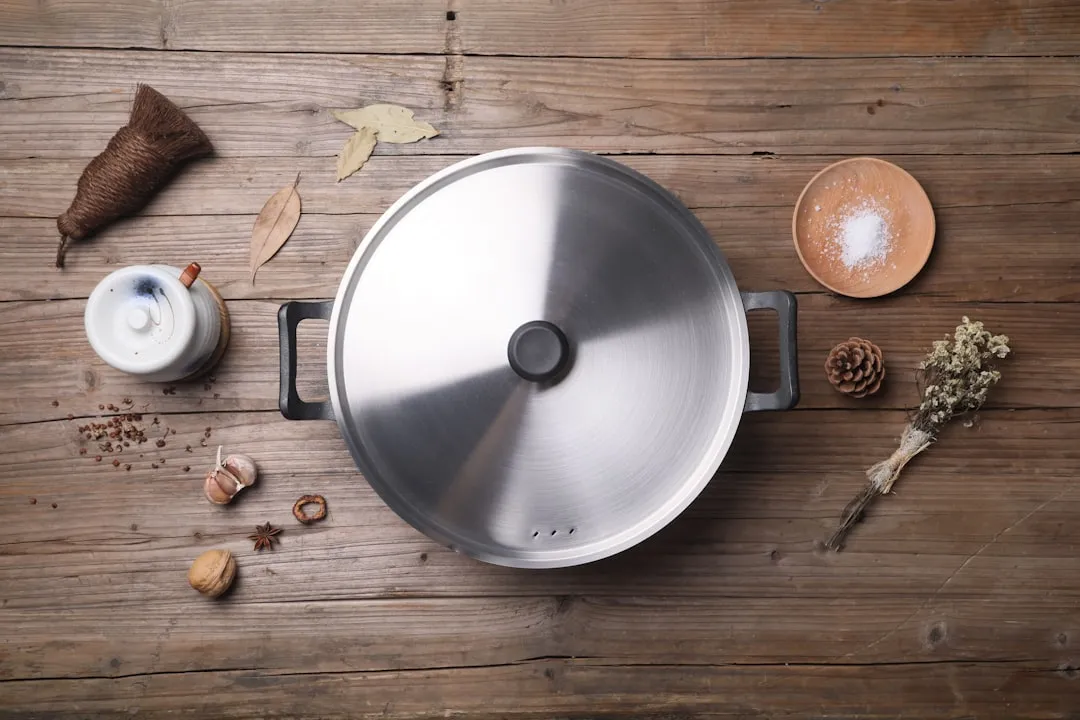

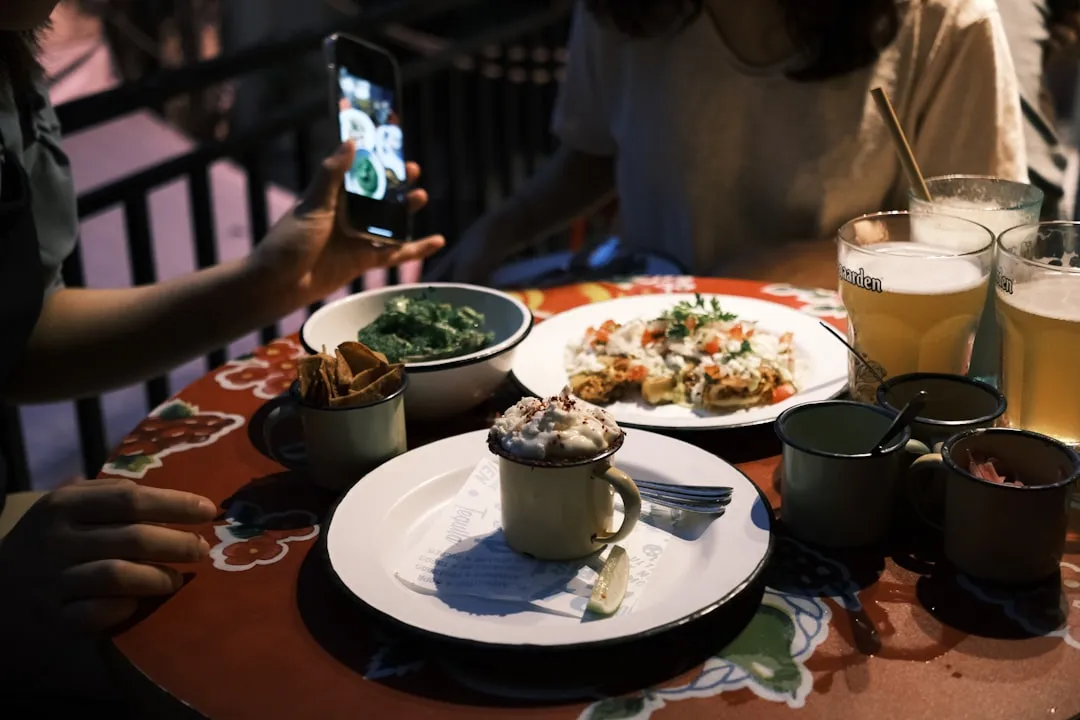
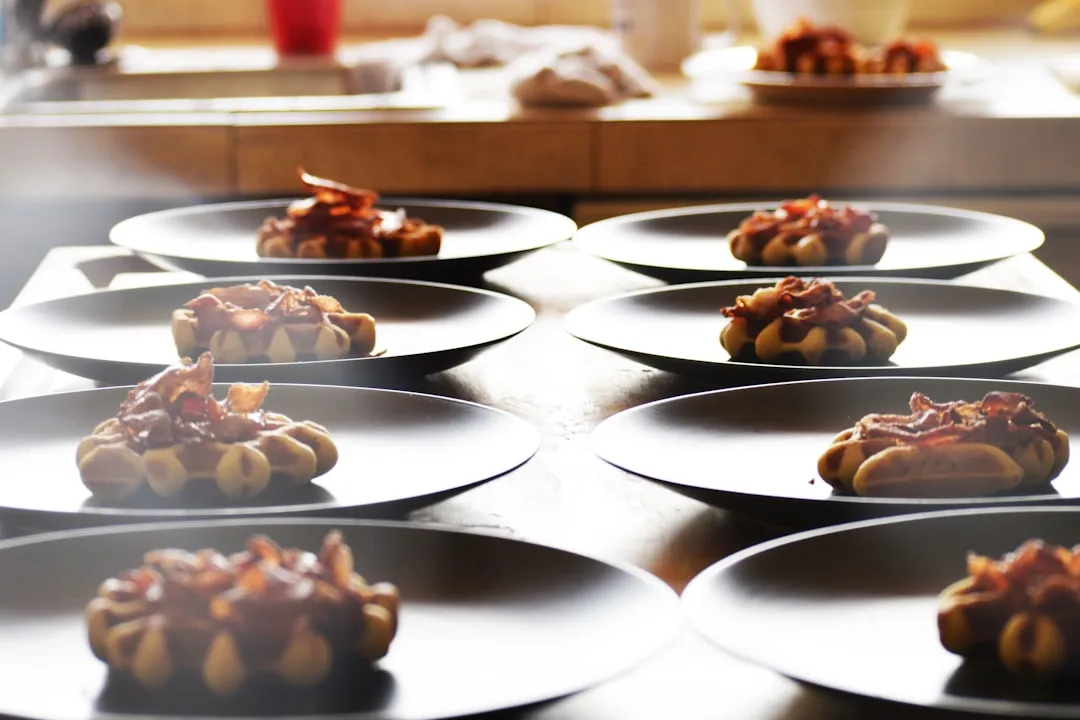
Comments
Be the first, drop a comment!